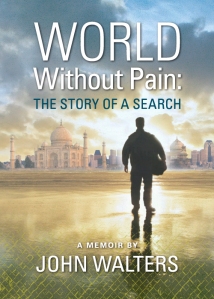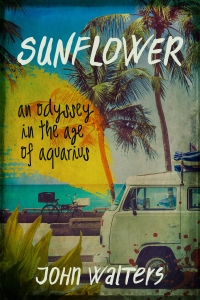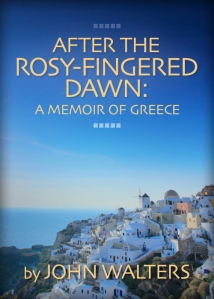River of the Gods is a powerful, well-written book about some fascinating historical characters on adventurous journeys. Although the central focus is the expedition of Richard Burton, John Hanning Speke, and Sidi Mubarak Bombay through East Africa from Zanzibar to Lake Tanganyika in an attempt to discover the source of the White Nile, it also offers a comprehensive look at what happens before and after.
Richard Burton was a famous explorer and author, a linguist who knew almost thirty languages, who disguised himself as a Muslim so he could go on a Hajj to the city of Mecca. He spoke fluent Arab and even got circumcised so he could play the part of a devout pilgrim. He wrote a well-received book about his experience.
When he returned, the Royal Geographic Society approved a journey to interior East Africa to search for the Nile’s source. The first attempt ended in disaster. Shortly after landing in Somaliland, he and his men were attacked by a large band of Somali warriors and were forced to retreat. Burton was impaled by a spear through his jaw and thereafter bore a large facial scar.
The second expedition to find Africa’s central lakes left from Zanzibar with Burton in command, Speke as second in command, and Bombay, a former slave, playing a key role in holding the expedition together and keeping morale up. They fought horrific diseases, difficult terrain, and lack of supplies on their journey, but their biggest problem was a lack of unity. Speke thought that he should have been chosen as leader, resented Burton, and took every opportunity to undermine Burton’s authority. When he returned to England ahead of Burton, with the issue of the Nile’s source still undecided, he persuaded the Geographic Society that he had been the leader in all but name and had singlehandedly kept the expedition from collapsing.
The Royal Geographic Society fell for Speke’s deceptions and authorized a new expedition with him in charge. He did, on this journey, discover that Lake Nyanza, which he renamed Lake Victoria, was the principle source of the White Nile. Burton, a much stronger and more intelligent man, was disgraced.
The power of this book is not only in its telling of these exciting adventures, but also in the insight into its complex characters. Burton was both a man of action and a scholar. Speke was also an avid adventurer, but he was a poor writer and linguist, and he irreparably damaged his friendship with Burton and ultimately his public reputation with his egotism, lust for recognition, distortions of the truth, and perennial antagonistic attitude. In the end, just before a widely publicized debate with Burton was supposed to take place, he took his own life with a shotgun.
The real hero in the African adventures turned out to be Bombay, who was ever positive, encouraging, cheerful, and hard-working. Besides assisting Burton and Speke on their expeditions, he traveled with David Livingstone and later with the American journalist Henry Morton Stanley in his successful search for Livingstone.
Another key character in the book is Isabel Arundell, who fell in love with and married Burton, and accompanied him to his consular posts in Brazil, Syria, and Trieste. One of the great strengths of the book, in fact, is its characterizations. Isabel was a staunch Catholic and Burton was agnostic, but she remained ever faithful and devoted to him until his death.
Millard clearly points out the injustice in early histories of ignoring the role the African guides and porters played in the success of European journeys of exploration. European white men took all the credit and glory, but without the assistance of their African employees, who often did most or all of the hard work, the expeditions would undoubtedly have met with failure.
This is an excellent work of history, full of adventure, excitement, pathos, triumph, tragedy, and even romance. Highly recommended.
































